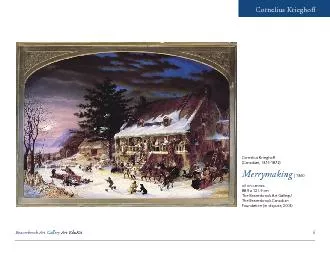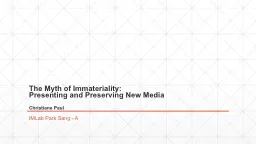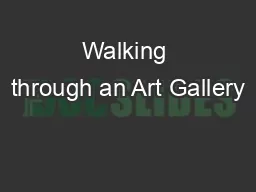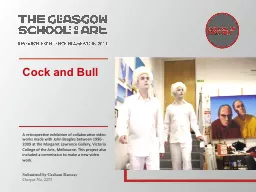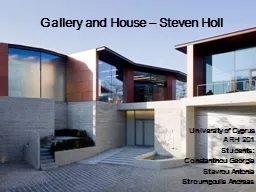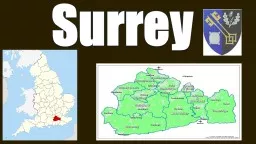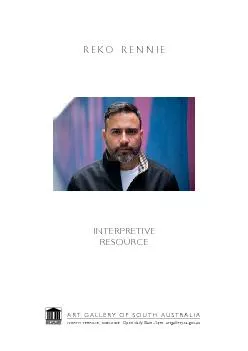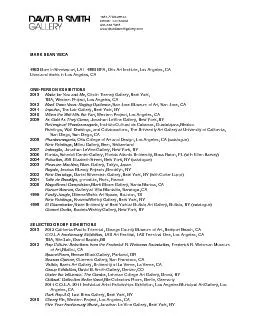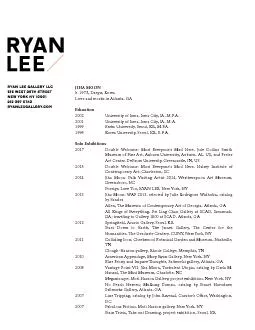PDF-Beaverbrook Art Gallery Art EduKit
Author : myesha-ticknor | Published Date : 2015-09-04
Cornelius Kriegho Cornelius KrieghoCanadian 18151872Merrymakingoil on canvasThe Beaverbrook Art GalleryThe Beaverbrook Canadian Foundation in dispute 2004 Beaverbrook
Presentation Embed Code
Download Presentation
Download Presentation The PPT/PDF document "Beaverbrook Art Gallery Art EduKit" is the property of its rightful owner. Permission is granted to download and print the materials on this website for personal, non-commercial use only, and to display it on your personal computer provided you do not modify the materials and that you retain all copyright notices contained in the materials. By downloading content from our website, you accept the terms of this agreement.
Beaverbrook Art Gallery Art EduKit: Transcript
Download Rules Of Document
"Beaverbrook Art Gallery Art EduKit"The content belongs to its owner. You may download and print it for personal use, without modification, and keep all copyright notices. By downloading, you agree to these terms.
Related Documents

